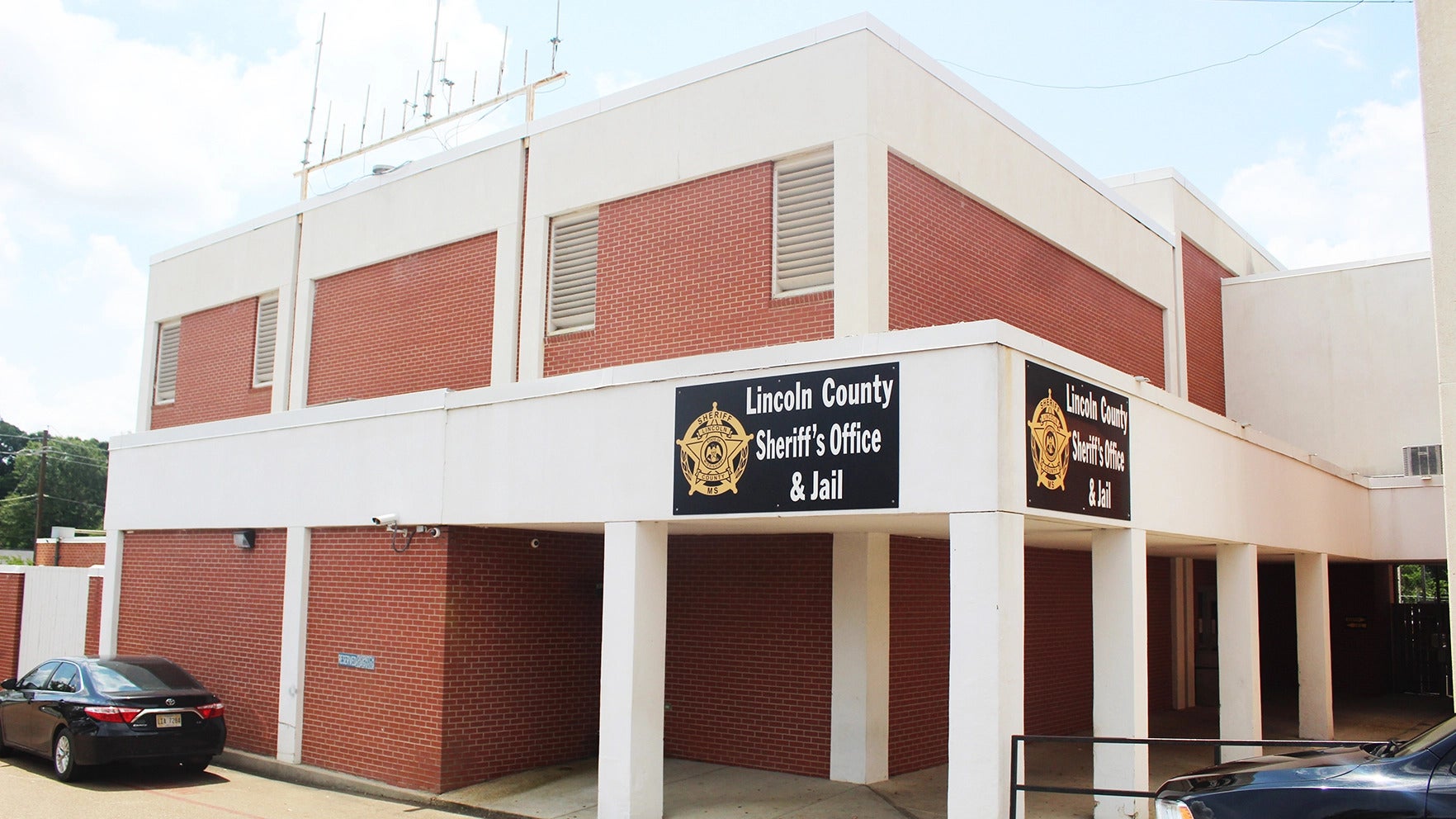Hunting law gives property owners new weapon against hog problems
Published 5:00 am Thursday, March 27, 2008
For Lincoln County residents whose property may be incurringdamage by the rooting noses of feral hogs, the answer to theproblem is a simple one – hunting. Since the wild swine areincluded in the state’s nuisance hunting law, the animals can beharvested year-round with few restrictions.
“The department is really trying to give some liberties tolandowners,” said Mississippi Department of Wildlife Fisheries andParks Conservation Officer Sgt. Steve Smith. “Anyone you designatecan come and hunt hogs on your property, day or night.”
The ability of only a few feral hogs to lay waste to entireacres of land by rooting – overturning patches of earth with theirnoses in search of food – was one of the reasons the animals wereincluded in last year’s nuisance animals hunting law, which wentinto effect on Oct. 1. Under the law, the season for hunting wildhogs lasts throughout the year, with the only restrictions comingduring previously established game seasons.
From March 1 until the day before bow season for deer begins inthe fall, feral hogs may be hunted on private lands with no weaponrestrictions. The use of dogs is prohibited during the springturkey season.
From the opening of bow season until the last day of February,wild hogs may be hunted during daylight hours only with weaponslegal for deer hunting. The hogs may be hunted during nighttimehours on private lands, with the aid of a spotlight, using weaponswith calibers no larger than .22 or shotgun shells no larger thanNo. 6 shot. Archers must have the appropriate licenses.
However, with a nuisance animals special permit, which is free,landowners, agricultural leaseholders and designated agents(hunters with permission from a landowner) may hunt wild hogs dayor night, without weapon restrictions.
“We’re doing all we can to allow people to eradicate these hogson their property and get them down to a manageable size,” Smithsaid.
The permit is only valid through the specified dates and for theproperty specified on the permit. Hunters must have a copy of thepermit on them at all times while hunting.
For nighttime hog hunters during deer season, obtaining thespecial permit is probably the safest way to proceed, as the smallcaliber restrictions imposed on nighttime hunting without thepermit – in place to deter poaching during deer season – are notsuitable for killing feral hogs.
“We’re giving as much liberties as we can while still protectingthe game animals,” Smith said. “During this time, all you can useis a .22 or a No. 6, and it’s not easy to kill a hog with that -you need a high-powered rifle or large caliber handgun.”
The small caliber ammunition may also only wound the hog withoutbringing it down.
“Why take a chance?” Smith said of the smaller calibers. “Eventhough they’re a nuisance animal, you want to be as humane to theanimal as you possibly can.”
Feral hogs may also be trapped with the aid of bait – without apermit from May 2 until the day prior to bow season for deer.
A depredation permit is required for the rest of the year. Thetraps must be labeled in plain view with the trapper’s name,address and phone number. The cages, which must have an open toplarge enough for deer, turkeys and bear to escape, must be checkedevery 36 hours and non-target game animals must be releasedimmediately.
Trapped hogs may not be released into different locations. To doso is a Class One violation – one of the stiffest penalty the MDWFPsends down.
The year-round hog hunting measures were adopted last year inresponse to the problems caused by feral hogs, whose numbers are onthe rise in Mississippi.
“They’re really reproducing rapidly everywhere,” said BillDaily, a wildlife specialist for the Cooperative ExtensionService’s southwest district.
The Mississippi State University Department of Wildlife andFisheries estimates that hogs can reproduce from two animals tohundreds in approximately three years. Feral hogs of Lincoln Countyand the rest of the state are not roving bands of razorbacks, butescaped pigs that have adapted to the wild.
“Most of the hogs have escaped from pens over generations, andthey’ve returned back to that original state before they weredomesticized,” said Lincoln County Extension Director RebeccaBates. “They’re usually found in bottom land hardwood forest areasthat are very rural.”
The hog population of Lincoln County and other parts of thestate is not evenly distributed, but the animals are always on themove.
“There may be a bunch in one county and none in another,” Smithsaid. “There may be a bunch in one quarter of the county and nonein the rest. They just exist in hot spots – pockets of them hereand there. They’re gonna move around and find new environments, newfood sources and multiply like everything else.”
The only way to prevent the animals from growing out of controland rooting up more and more land is to harvest them. The MSUDepartment of Wildlife and Fisheries claims that hunters need toharvest from 75 to 80 percent of the hogs in an area in order tokeep the hog population in check.
Otherwise, feral hogs will be roam unchecked, rooting acres asthey please.
“They’re gonna root,” Smith said. “They’re rooting machines.I’ve pulled into a food plot before that was 12 acres, and itlooked like someone had come along with a tractor and disced it up.That’s just part of it.”
Further information on hunting and trapping nuisance animals maybe found at the Mississippi Department of Wildlife Fisheries andParks Web site at www.mdwfp.com.





